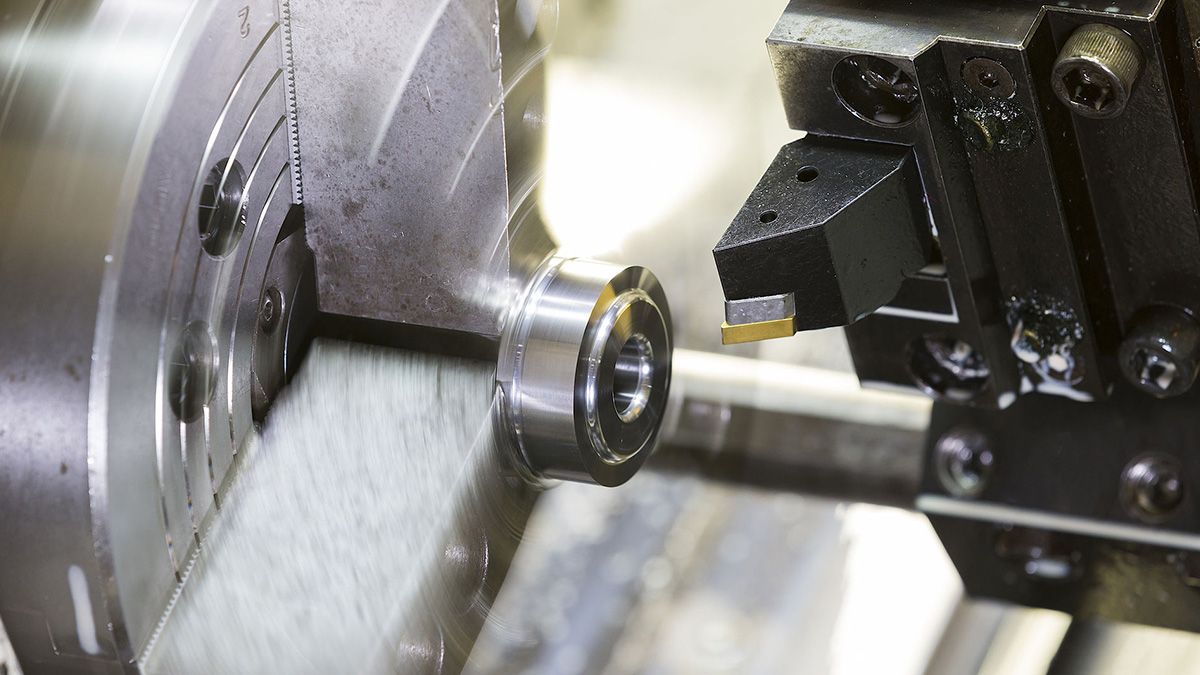Grinding operations have significant environmental impacts, contributing to carbon emissions and resource depletion. The manufacturing industry is transforming for sustainability, with grinding machines adopting eco-friendly practices and pursuing green certifications to enhance their role in sustainable manufacturing.
Sustainable Practices in Grinding
By enhancing the performance of grinding operations, manufacturers can minimize material wastage, thereby promoting sustainable production practices. Sustainable grinding practices focus on minimizing waste generation, optimizing energy use, and reducing emissions. Precision grinding techniques and advanced control systems contribute to material efficiency, while energy-efficient technologies mitigate the environmental footprint of grinding operations.
Coolant Recycling
Coolants play a crucial role in the grinding process, providing lubrication and cooling. However, the traditional use of coolants raises concerns about waste generation and environmental impact. Sustainable grinding practices involve the implementation of coolant recycling systems, which filter and purify coolant fluids, extending their lifespan and reducing the overall consumption of resources.
Eco-friendly Grinding Fluids and Coolant Systems
The choice of grinding fluids and coolants significantly influences the environmental impact of grinding operations. A significant breakthrough in sustainable grinding is the development and implementation of eco-friendly grinding fluids and coolant systems, such as vegetable-based oils and water-based coolants. These alternatives offer a safer option and minimize the ecological footprint associated with traditional coolant systems. They not only provide effective cooling and lubrication but also reduce health and safety risks for workers.
Energy-efficient Technologies
Grinding machines are notorious for their energy consumption, but recent advancements have focused on energy-efficient technologies. The integration of advanced control systems, variable frequency drives, and energy-efficient motors helps minimize the environmental footprint of grinding operations. By optimizing energy use, manufacturers can achieve substantial reductions in both costs and environmental impact.
Waste Reduction
Traditional manufacturing processes often generate significant amounts of waste, and grinding operations are no exception. Sustainable grinding practices prioritize waste reduction through precision techniques that minimize material removal and advanced control systems that optimize the use of raw materials.
Green Certifications and Standards
Governments worldwide are increasingly implementing stringent environmental regulations to address the impact of industrial activities. Grinding operations must comply with these regulations, which may cover emissions, waste disposal, and energy consumption. The grinding industry operates within a regulatory framework that aims to address environmental concerns and promote sustainability. Manufacturers must stay abreast of these regulations to ensure compliance and contribute to the overall environmental well-being.
Organizations are actively seeking certifications such as ISO 14001 (Environmental Management System) and adhering to standards like RoHS (Restriction of Hazardous Substances) compliance. These certifications underscore a commitment to environmental responsibility and provide a framework for continuous improvement in sustainable grinding practices.
ISO 14001 Certification
ISO 14001 is an international standard for environmental management systems. Companies in the grinding industry can obtain this certification by implementing and maintaining effective environmental management practices.
LEED Certification
Leadership in Energy and Environmental Design (LEED) certification is commonly associated with buildings, but its principles can extend to manufacturing facilities. Grinding operations housed in LEED-certified facilities adhere to high standards of sustainability, energy efficiency, and environmental responsibility.
The Green Future of Grinding
The shift towards green grinding signifies a positive transformation in the manufacturing industry. Grinding machines, once perceived as environmental culprits, are evolving to embrace sustainability through innovative practices and technologies. As manufacturers increasingly prioritize sustainability, grinding machines will continue to play a pivotal role in forging a path towards a greener and more responsible future in manufacturing.









.jpg)
.jpg)
.jpg)


.jpg)